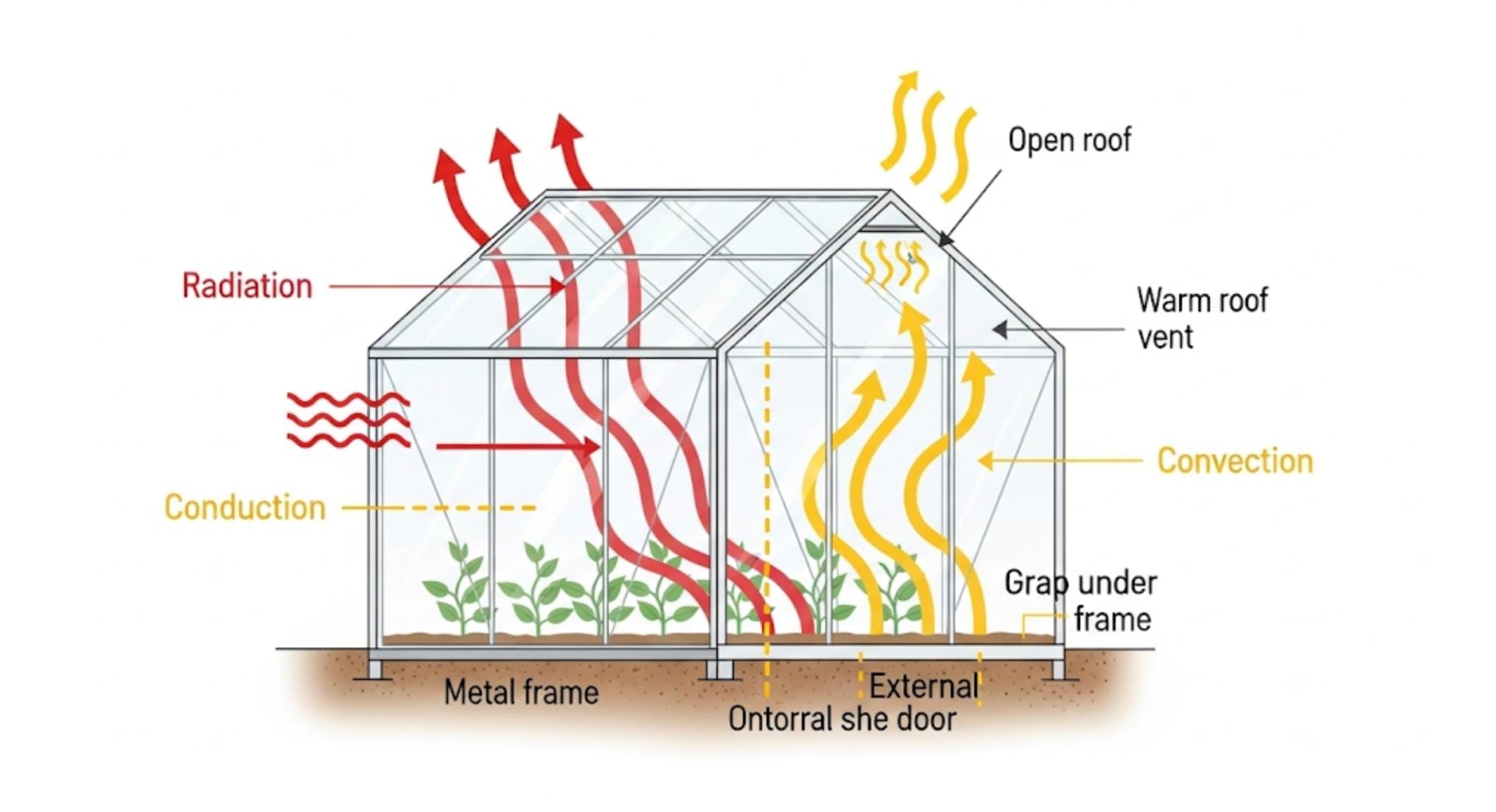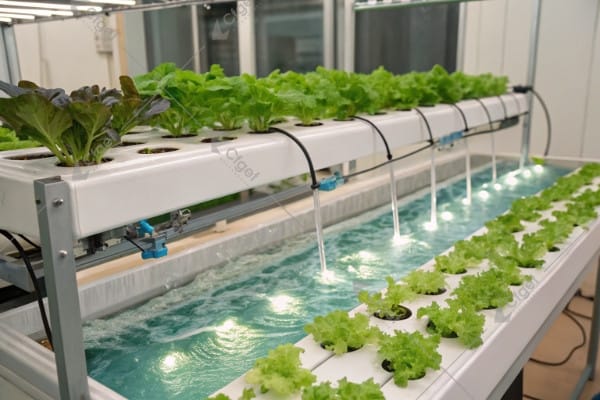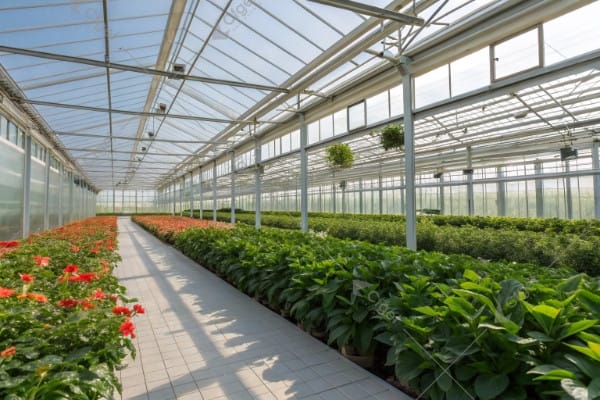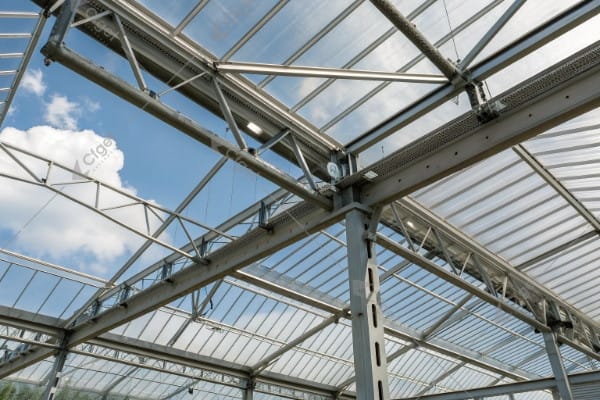Feeling overwhelmed by the choice between Chinese greenhouses and traditional greenhouses? Don’t worry, it’s a big decision. Getting it right is essential for your success.
Chinese greenhouses, often called solar greenhouses, are unique. They maximize solar energy. Traditional greenhouses are different, using various materials and designs. The best choice depends on key factors.
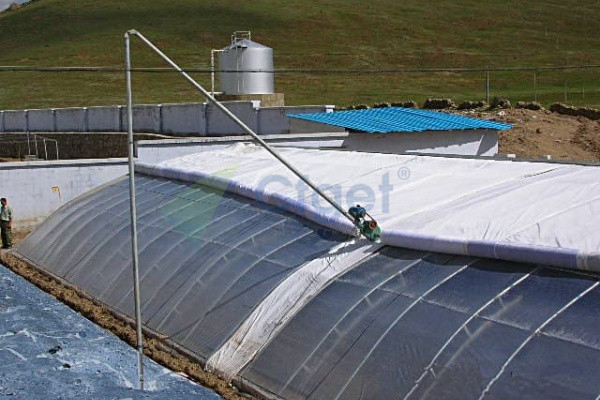
Let’s explore the differences to help you.
Cost Comparison: Chinese Greenhouses vs. Traditional Greenhouses?
Facing budget limits? Choosing between a Chinese greenhouse and a traditional one can be hard. Many people ask about start-up costs.
Chinese greenhouses often have lower building costs. Because they use simpler designs and local materials. Traditional greenhouses have a wider price range. Because they use different materials and technologies, based on need.
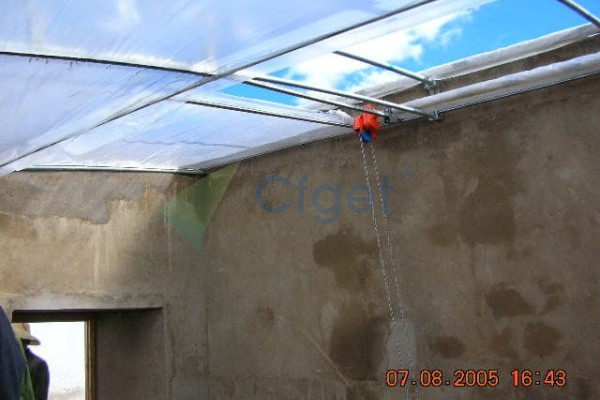
Initial cost is just one factor. Consider these too:
Initial Investment Breakdown
| Feature | Chinese Greenhouse | Traditional Greenhouse |
|---|---|---|
| Materials | Mainly earth, bamboo, wood, and plastic film. | Glass, polycarbonate, steel, or aluminum frames. |
| Construction | Simpler, often using local labor. | Can be more complex, needing skilled labor. |
| Technology | Basic, relying on passive solar. | May include advanced heating, cooling, and systems. |
| Overall Cost | Generally lower. | Varies greatly, potentially much higher. |
When I started, I met a farmer who chose lower cost. He built a Chinese-style solar greenhouse. It worked well.
Energy Efficiency Comparison: Which One Is More Energy-Efficient?
Worried about high energy bills? Many growers struggle with heating and cooling costs. It’s a common problem.
Chinese greenhouses are very energy efficient. They use passive solar energy. This lowers energy needs. Traditional greenhouses can also be efficient, with modern technology.
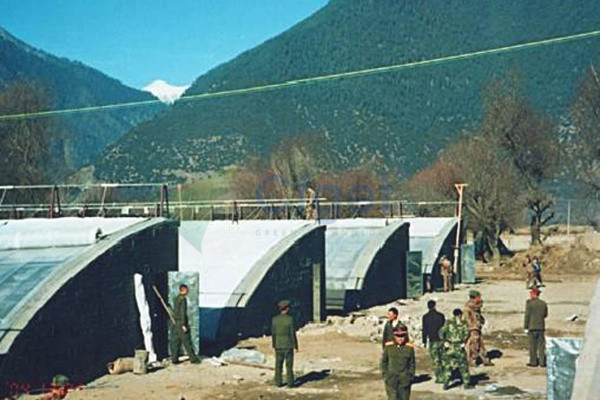
Factors Influencing Energy Use
| Factor | Chinese Greenhouse | Traditional Greenhouse |
|---|---|---|
| Heating | Mainly passive solar, little extra heat. | Relies more on extra heating (gas, electric). |
| Cooling | Natural air flow, shading. | Can use cooling, fans, and shading, using more energy. |
| Insulation | Thick earth walls provide good insulation. | Varies, but can be high with double-walled glazing. |
| Overall Impact | Lower energy use and costs. | Potentially higher energy use and costs, unless improved. |
A friend in the Netherlands showed me his greenhouse. He used advanced climate control. With good design, he kept costs down.
Yield Comparison: Which Greenhouse Produces Higher Yields?
Thinking about profits? Yield is important. Many growers focus on production, for a reason.
With good conditions, Chinese greenhouses can have high yields. Because of the crops suitable for the design. Traditional greenhouses, with more control, can also have high yields.
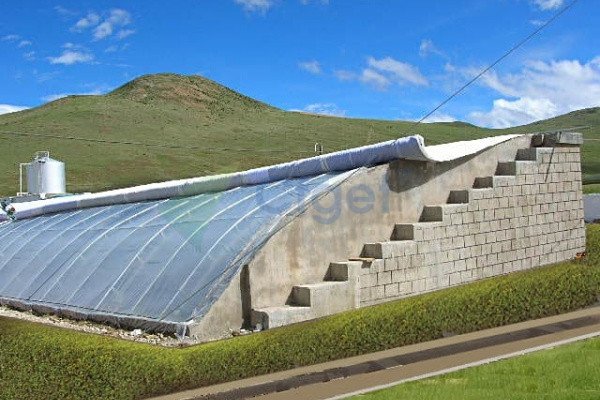
Let’s look deeper at yield:
Factors Affecting Yield
| Factor | Chinese Greenhouse | Traditional Greenhouse |
|---|---|---|
| Climate Control | Less precise, relying on nature. | More precise, allowing better temperature, humidity, and light. |
| Growing Season | Can extend the season, but limited by climate. | Can provide year-round growing in any climate. |
| Crop Variety | Best for crops that handle temperature changes. | Can grow a wider range of crops, including those needing specific conditions. |
| Overall Productivity | Potentially high for some crops in good climates. | Potentially high for many crops and climates. |
I saw an example in Shouguang, China. Farmers get great yields of tomatoes and cucumbers from solar greenhouses.
Suitability Comparison: Choosing Based on Your Needs?
Confused about options? It’s normal. The right choice depends on your situation.
Chinese greenhouses are best for sunny areas with mild temperatures. Traditional greenhouses are more flexible for different climates and crops.
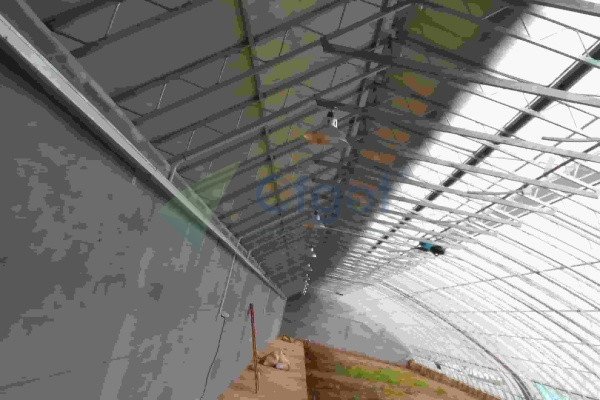
To choose, consider these:
Matching Greenhouse to Your Situation
| Consideration | Chinese Greenhouse | Traditional Greenhouse |
|---|---|---|
| Climate | Best for sunny regions with mild winters. | Suitable for all climates, with heating and cooling. |
| Crops | Ideal for vegetables and fruits that like warm, sunny conditions and handle some temperature changes. | Can grow many crops, including those needing specific temperature, humidity, and light. |
| Budget | Lower initial cost, lower operating costs. | Higher initial cost, potentially higher operating costs based on energy use. |
| Technical Skills | Simpler building and management. | May need more knowledge for building, operating, and maintaining systems. |
| Location | If your climate is like Tibet and Xinjiang, China. | If the climate is cold with strong winds. |
I recall talking to a grower in Central Asia. He needed a greenhouse for harsh winters. A traditional greenhouse, with strong structure and heating, was best.
Building a traditional multi-span greenhouse or choosing a Chinese greenhouse depends on your climate. If your climate is like Tibet and Xinjiang, China, consider light angle and radiation. If your data matches Tibet and Xinjiang, this greenhouse will likely meet your needs.
Conclusion
Chinese and traditional greenhouses have unique benefits. The best choice depends on you. Consider your climate, crops, budget, and skills.

